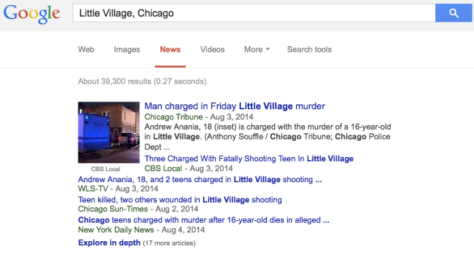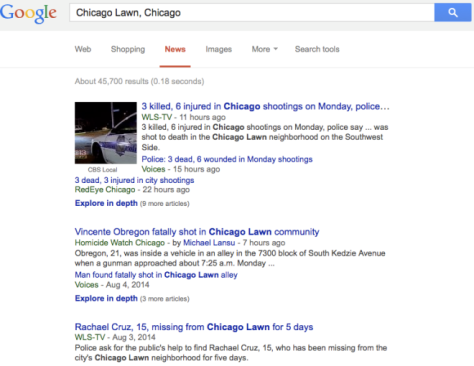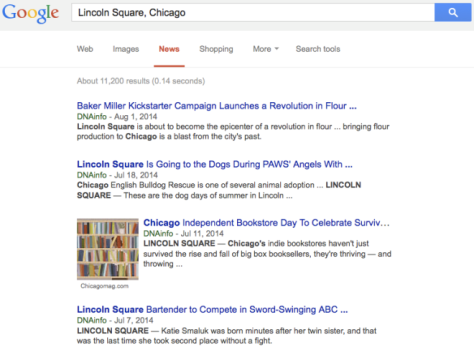Las siguientes biografías fueron escritas por nuestras ganadoras de la novena Feria del Mole de Universidad Popular. En ellas narran un poco de sus vidas y de sus procesos de hacer Mole. Las felicitamos a todas y les deseamos un año lleno de felicidad y, claro, ¡Mole!
Primer Lugar: Elidia Tinajero

Originaria de Acámbaro Guanajuato. Gané el primer lugar gracias a Dios y al apoyo de mi familia y la gente. Sin el apoyo de la familia no se logra mucho. Este es el segundo año que gano el primer lugar. Cocino mi mole en casa y lo he promocionado con familia y amistades y les gusta a todos. Pusimos mucho esfuerzo en promocionar la Feria del Mole en Chicago. Invitamos más gente al evento de aquí de Chicago aunque vivo en Indiana. Mi receta es del origen de la familia de abuelas y tías. He ido juntando lo mejor de la familia y combino los ingredientes de mucha gente. He combinado los sabores y he quitado uno de esos ingredientes que es el anís. Hace tres años gané el tercer lugar y después he ganado dos veces el primer lugar. Tenía temor de enfrentarme con personas de Oaxaca y Veracruz, que es hablar de palabras grandes ya que son unos moles muy buenos, pero me animé. Ahora vendo mi mole. Tengo el gusto de hacer la comida con amor y ver que están degustando de mi comida, esa es la satisfacción mas grande. ¡Sí se puede! Para las personas que no ganaron tienen que tener fe. Espero que con haber ganado pueda hacer mi propio negocio. Viví en chicago durante 11 años en Back of the Yards y en la 25 y Whipple. Mi deseo es regresar a vivir en Chicago. Vivo en Indianapolis, Indiana por motivos del trabajo de mi esposo. Si me encargan el mole para una fiesta siempre tengo la pasta lista para algún pedido. Preparo la pasta, la pongo en el refrigerador y la voy cocinando para eventos o fiestas y me voy a prepararlo en persona. Me cambió la vida el haber participado en la Feria del Mole, me subió el autoestima. Me gusta ser una persona activa y este evento me ha animado a seguir adelante.
Segundo Lugar: María Del Carmen

Originaria del estado de México, Cerro del Campo, municipio Amatepec, México. Llegué a UP por las clases de inglés. Supe de la feria del mole por la señora Ascención. La receta del mole es de mi mamá pero lo modifiqué a mi gusto.Trabajo en casa cocinando y cuando tengo pedidos de panes o trabajo no asisto a la escuela por preparar la comida que vendo. Trabajo haciendo mi comida para sustentar a mi familia. Me sentí bien contenta por haber participado, fue una distracción. Me acompañó mi hija Karina. Yo preparé el mole, fueron 10 libras de chile de todo lo que compré. Tardé en hacer el mole para el evento un día de preparación y cocinado en dos horas. Voy a la Iglesia de Santa Rita en la Fairfield y 63. Tengo viviendo en Chicago 21 años. Mi sueño es un restaurante chiquito para trabajar. Trabajé en una pastelería y aprendí a hacer galletas y pasteles. Después de la feria del mole me fui a festejar. Gracias a Dios.
Tercer Lugar: Maria González

Originaria de Michoacán. Casada con 5 hijos todos aquí viviendo en Chicago por 26 años. Yo vivo cerca de Gurnee Mall. Viajo más de una hora de camino con la familia. Viajamos en carros. Supe de la feria del mole por mi hija y me inscribió en el concurso. Mi mole es receta familiar y ya mis hijas saben hacerlo y tienen la misma sazón. Compré como 4 libras de chile ancho y chile guajillo. Mi familia me ayudó para preparar el mole, me llevé como unas 5 horas haciendo el mole trabajando con todas ellas. Yo le puse toda la sazón. Estaban muy emocionadas de ayudar. Me sentí muy nerviosa durante el evento. Le di a mucha gente a probar el mole. Medía el mole para repartir. Servía mucho y luego servía poco para que alcanzara. Preparo el mole para la casa y luego me dicen mis hermanas que les ayude para sus fiestas. Durante la feria del mole me preguntaron donde podían comprarlos. Volvería a participar para el próximo año. Todo el evento me pareció muy bien.









